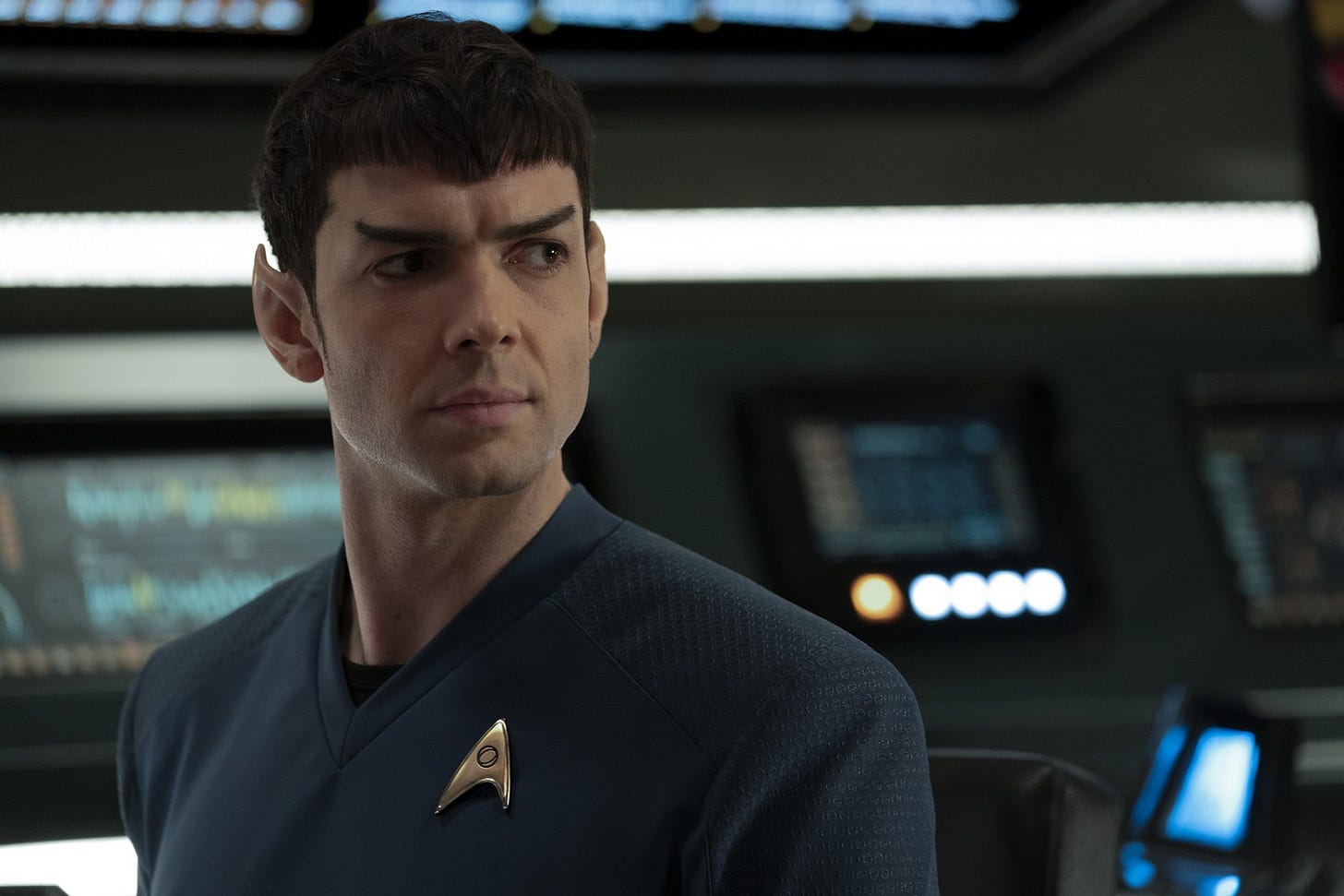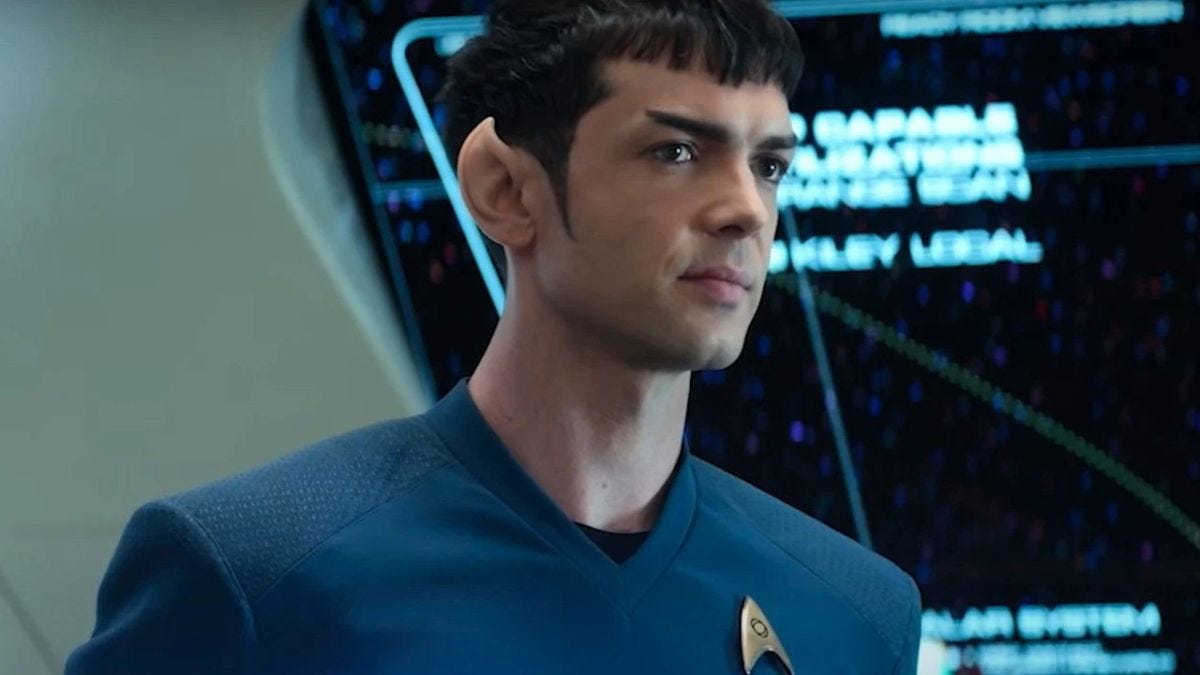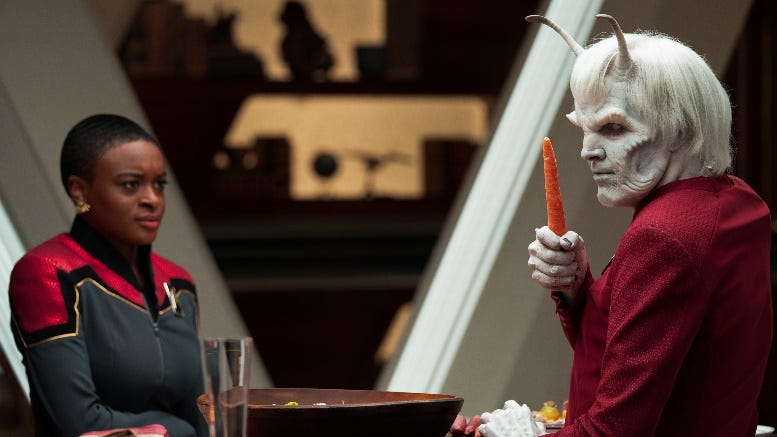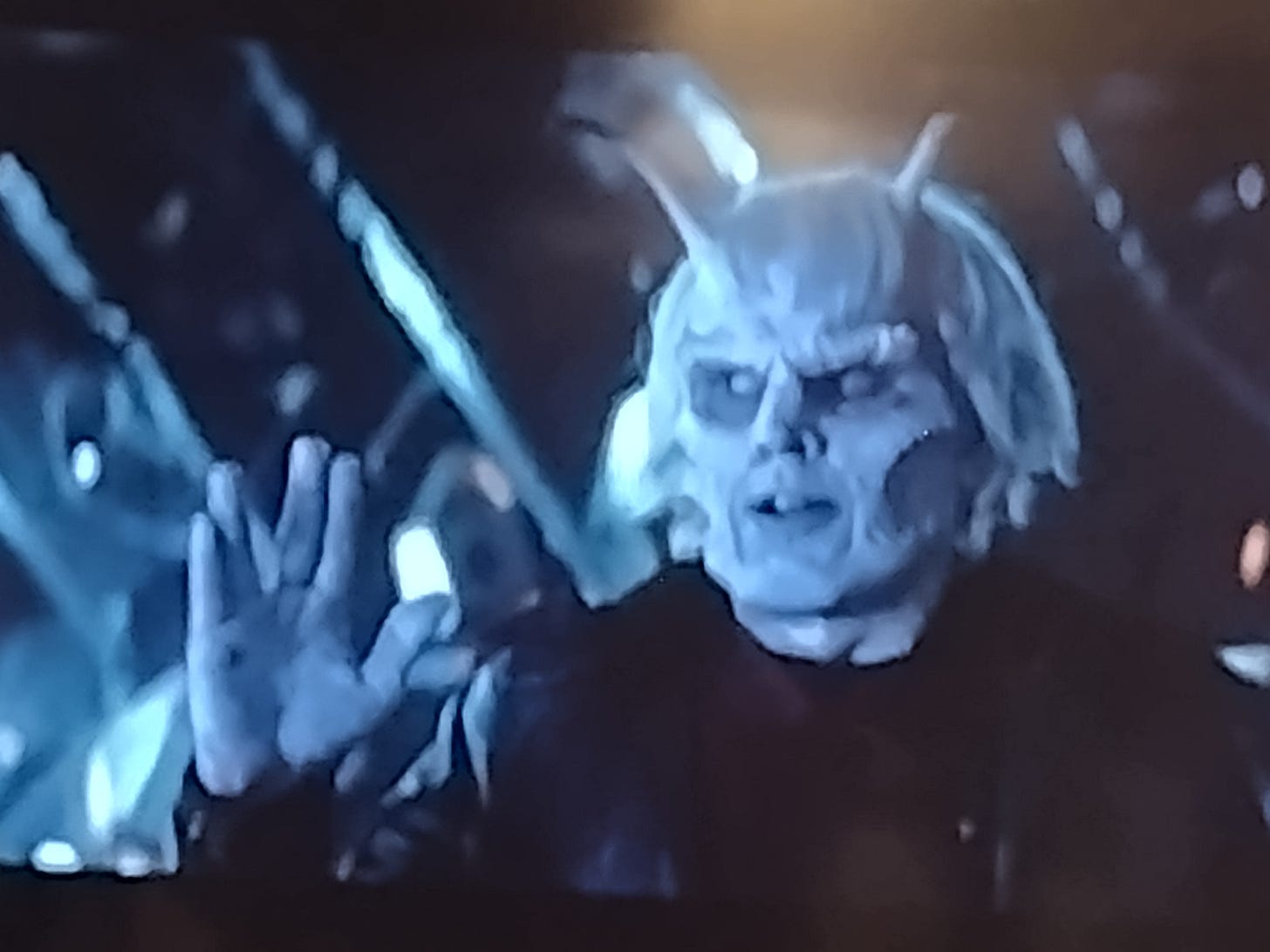Let's establish one thing up front: No matter how many actors end up inhabiting the character of Spock, no one will ever outshine Leonard Nimoy.
It’s not only that it was Nimoy who originated the role.
It's that he essentially built Spock from the ground up.
The Vulcan salute? Nimoy's creation.
The Vulcan neck pinch? Nimoy, again.
In fact, the sheer dedication and labor he invested in playing Spock is well-known.
He wrote whole books about it, and he gave what seems like an endless stream of interviews about it, as well.
In one such interview, recorded shortly before he passed away, Nimoy described the moment that he “got” Spock.
It was in that first time the character would utter his trademark, “Fascinating.”
It was a scene in which there was a lot going on, on the bridge — very dramatic. And Nimoy, initially, went along with that drama when he first said, “Fascinating.”
The director, however, took Nimoy aside and suggested that he play the word as a “scientific curiosity.”
That's what Nimoy went back and did on the next take, and Spock — as we knew him — was born.
It was in the same interview where Nimoy would say something very prescient about the future of Spock, as well.
Nimoy mentioned how different writers and different producers would try to introduce this or that, which didn't jibe with existing continuity.
“They've got him in a different place; they don't know what we said three episodes ago, that he was born in such-and-such place, or whatever. And you have to correct that,” he said. “But even more than that, it gets down to the nuance of the character: how the character talks, how the character responds to situations, and it is the actor who has the responsibility of maintaining that continuity.”
That last sentence of course, has become even more far-sighted now that Ethan Peck's taken up the role.

Like Nimoy, it's obvious that it took awhile for Peck to “find” Spock — to reach that “Fascinating” moment for himself.
Peck, himself, has said as much.
“In the beginning, yes, the weight was nearly unbearable, and I wondered if I would be kind of broken by, 'I'm not sure that I quite feel worthy.' I'm still growing into Spock in many ways. And you know, now the pressure isn't quite as great as it was during Discovery,” he said.
It was clear he hadn't quite nailed it through those first episodes of the second season of Star Trek: Discovery.
But, now with the first full season of Star Trek: Strange New Worlds behind us, it's clear that somewhere along the way Ethan Peck found his own “Fascinating” moment.
I would like to think that perhaps Leonard Nimoy himself also is somewhere, with one of those most Spock-like of smiles for how Ethan Peck's carrying on that responsibility for the continuity of Spock.
Because, if I could say, what has become so fascinating to watch now is that while Peck clearly is maintaining the familiar contours of the character which Leonard Nimoy created, young Peck now is very much making Spock his own.
Hemmer, Like The Rest of the Aenar, Was Never Disabled
When we meet Hemmer near the beginning of the first season of Star Trek: Strange New Worlds, in the episode “Children of the Comet,” it's through Cadet Uhura's desire to assist him as a blind and disabled person.
However, while actor Bruce Horak is indeed visually impaired and legally blind — and the producers of Strange New Worlds are to be commended for the casting choice — I don't think that you can really ever accurately describe Hemmer — or any of the Aenar people who is from — as “disabled.”
Unless you are also willing to describe us humans as just as disabled.
The Aenar are the offshoot of Andorians who live in frozen ice caves and as such evolved with albino-like skin and lack of sight.
Therefore, neither Hemmer nor any of the other Aenar developed the sense of sight.
Again, in that first exchange among Hemmer, Uhura (Celia Rose Gooding) and Lt Spock (Ethan Peck), it's Hemmer who makes clear that his other senses not only compensate — but are stronger.
So given that Aenar never have sight, it's hard to label them “disabled.”
When I was younger, I kept aquarium fish.
And among the fish I most enjoyed were a variety of Mexican cave fish.
Like the Aenar, the real-life cave fish live in near-total darkness and as such have a whitish coloring similar to the Aenar. And the fish go one further: they've evolved without eyes, simply because the eyes would never be of use.
And like Hemmer or the Aenar, you can't accurately describe these fish as “disabled,” for something that they just as a species just don't ever have.
Moreover, we also learn that Aenar like Hemmer have telepathic and clairvoyant abilities.
Well, we don't typically have telepathic or clairvoyant abilities. So are we disabled? Or is that we just take sight — and a certain evolution — for granted?
Because Vulcans, who also have telepathic skills — or even the Aenar themselves — could look down on humanity as hopelessly disabled for our failings in certain areas.
This is just one of the many reasons why I was heartbroken for Lt Hemmer to meet his untimely end in the episode, “All Those Who Wander.”
We were first introduced to the Aenar in the last season of Star Trek: Enterprise.
I really hope that we don't have to go nearly another 20 years before meeting our next Aenar.
MOMENT FOR TREK
Top 5 Biggest Retcons In Star Trek
Enjoy this edition of Subspace Chatter?
Please make sure you …
And also …







